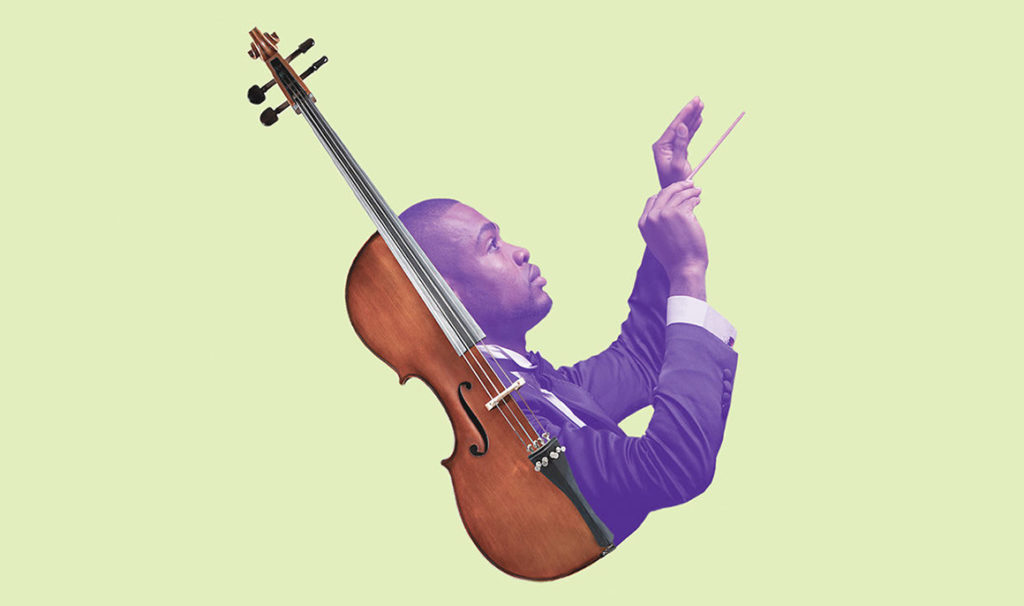By Dr. Noel Anderson
This past summer, an Afro-Cuban jazz musician taught a pilot class at NYU Steinhardt about leadership and culture. At one point he asked the students, “Whom do you think leads an orchestra?”
Students were practically unanimous. “The conductor!” several of them called out.
“No,” said the musician. “It’s the first violinist.”
What makes a leader? Is it having many people who report to you or look up to you? Is it wielding singular influence? Is a leader the person who calls the shots or the person who that person answers to? If they’re both leaders, then how does their leadership differ, apart from where they sit on an organizational chart?
The term “educational leader” is becoming more and more broadly defined, partly because our notion of education itself is broadening. At Steinhardt, we are looking to attract as many examples of current and future “educational leaders” – be they students, faculty, or fellows – as we can. Here are examples of individuals I’ve recently encountered who, once upon a time, might not have been regarded as educational leaders but most certainly are in today’s world:
– A chief learning officer at a major New York City bank is responsible for building pipelines of young talent into entry-level positions and providing career ladders for them. To succeed in this important part of his job, he needs to understand the landscape of higher education. How does he build a structure that responds to all his stakeholders – the bank, the talent, the schools they attend? Does he understand how, for instance, a vice provost at a community college thinks?
Is this bank CLO an educational leader? Absolutely.
– A CEO of a small foundation that incubates nonprofits engaged in improving college access provides these organizations with grants. She’s trying to help them figure out ways to more effectively reach young people in communities that have been marginalized. What is the optimal way for her to run her foundation? To disburse her resources? She understands philanthropy but what can she impart to these nonprofits about leadership development and about building and managing their boards, so that they can “do” college access better? Does she herself know how to manage a college access program? Who does? Where can she interact with and learn from these people?
Is she an educational leader? Very much so.
– A K-12 administrator wants to create a system in which parents are empowered to be partners and leaders in her school. She has to navigate existing power structures and dynamics, identify strong parent leaders to take on this role, study successful parent engagement in other schools and educational spaces, and build systems for parents to organize themselves in order to meaningfully engage with the school’s programs.
She too is, of course, an educational leader.
Leadership is an umbrella for the skills and competencies needed to drive change and lead organizations across sectors. How do we frame problems today? How is it different from the way it used to be? What are the lenses we must use to identify solutions?
The search for and nurturing of educational leaders transcend the confines of any one school. We’re all hungry for innovative, compassionate leadership. That has never changed. But we understand in 2018, that those leaders – who at their best are definitively educational leaders because of what they’ve learned and what they can impart – will be found not just in schools, but everywhere.
